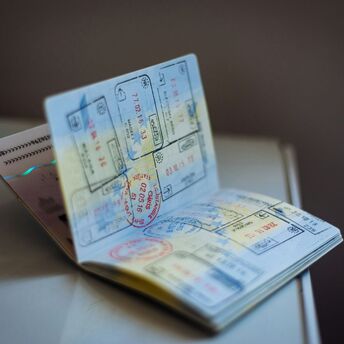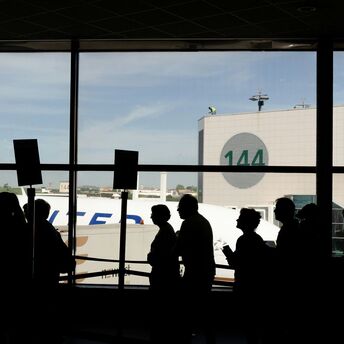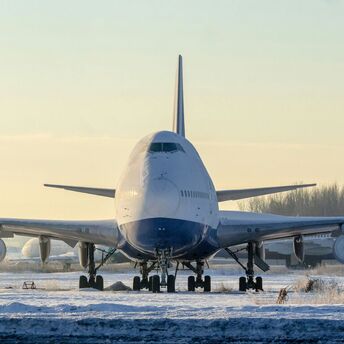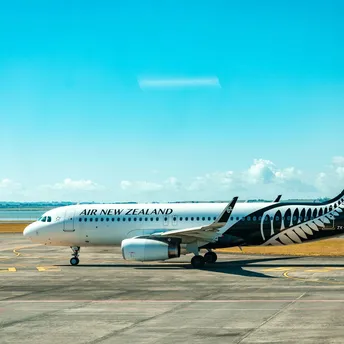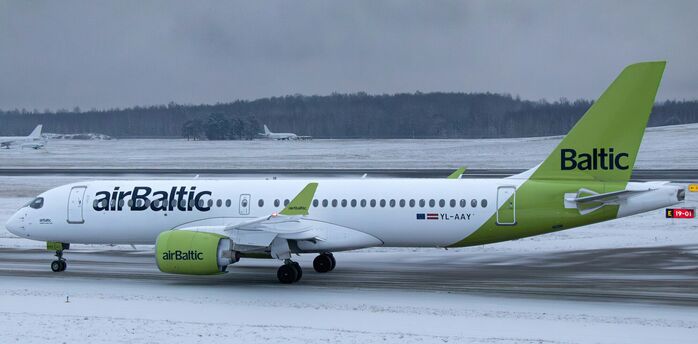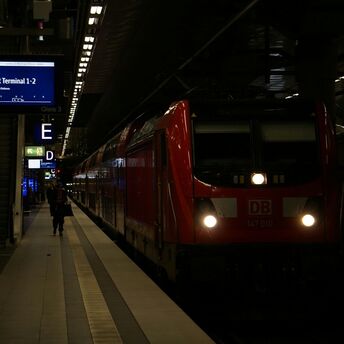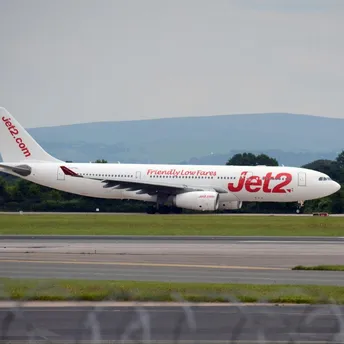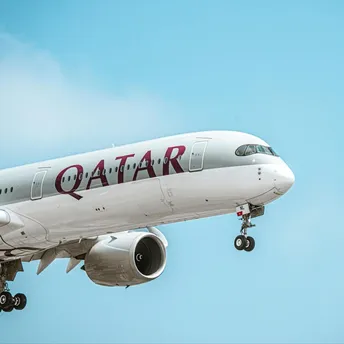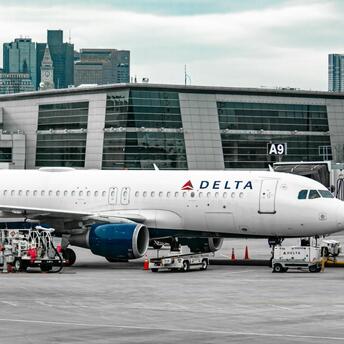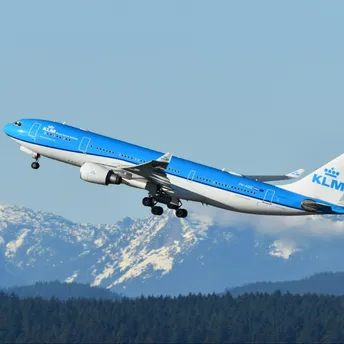Facial Recognition Boarding Now in Use at JFK Terminal 1
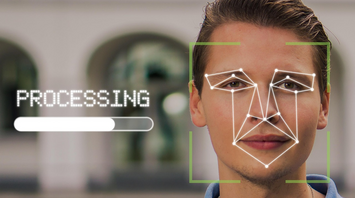
John F. Kennedy International Airport has introduced a facial recognition self-boarding system at Terminal 1 to improve the departure process for passengers. This new approach enables passengers to use biometric ID for boarding, eliminating the need to show passports or boarding passes at the gate. The technology operates through an automated gate that scans and verifies passengers’ identities in collaboration with U.S. Customs & Border Protection.
The boarding procedure involves travelers standing in front of a camera so their face can be scanned and identity verified before moving through the gate. However, the self-boarding system cannot be used by certain categories of passengers, including:
- Children under 15 years old,
- Passengers under 1.2 meters in height,
- Individuals who use wheelchairs or need special assistance.
The goal of this system is to make boarding more efficient while preserving essential security controls.
For passengers, the introduction of this self-boarding system represents a significant improvement in efficiency. Faster boarding and fewer lines have the potential to make travel less stressful and more punctual, especially during busy seasons. By eliminating the need for physical contact, biometric verification supports enhanced health protocols that have become increasingly important to passengers since the pandemic, improving overall comfort and efficiency.
This system reflects a broader shift in airports worldwide towards integrating biometric technology to enhance passenger convenience. At present, this innovation operates only in Terminal 1 at JFK, but it is anticipated to extend to other locations, making boarding faster and more automated. To make the most of these advancements, travelers need to follow some guidelines, like taking off accessories that might affect facial recognition.
The introduction of biometric boarding represents an important move forward in making air travel both safer and more efficient. For passengers, it signals an evolving airport environment where efficiency and technology work together to reduce friction and improve the travel experience. With the growing use of self-boarding technology, the process from check-in to boarding is becoming faster and more straightforward for passengers.



